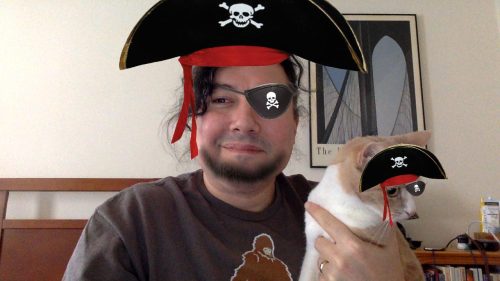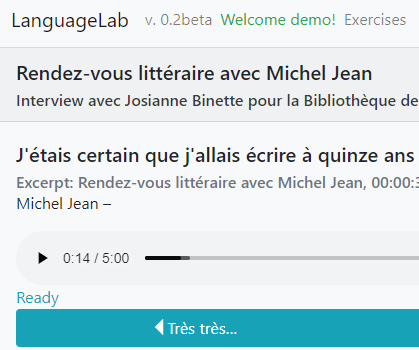
I’m a regular watcher of Last Week Tonight with John Oliver, so in February I was looking forward to his take on “AI“ and the large language models and image generators that many people have been getting excited about lately. I was not disappointed: Oliver heaped a lot of much-deserved criticism on these technologies, particularly for the ways they replicate prejudice and are overhyped by their developers.







